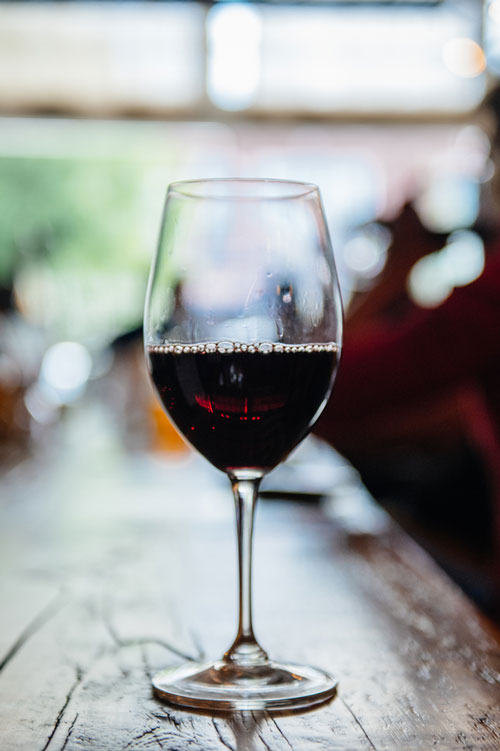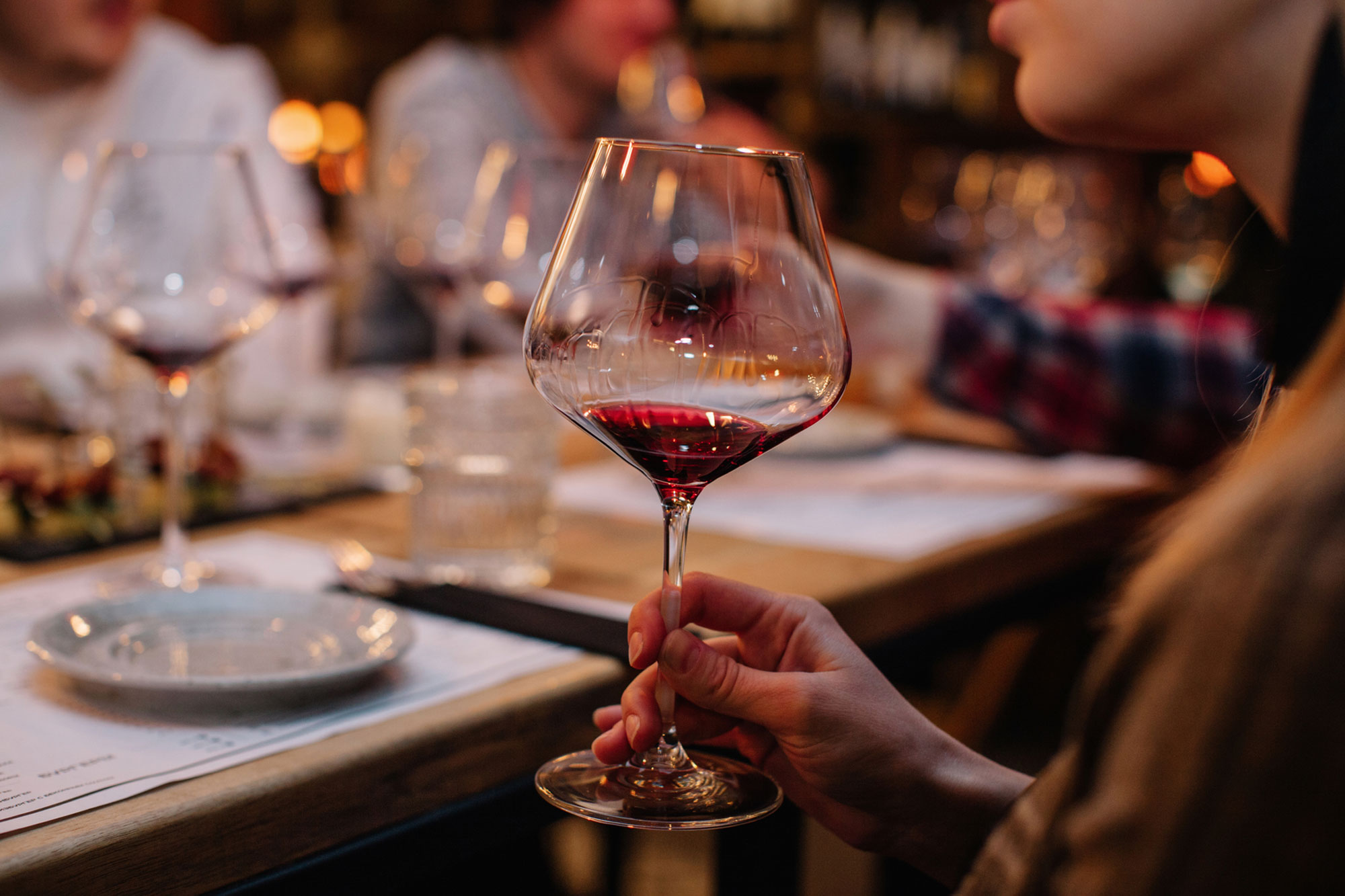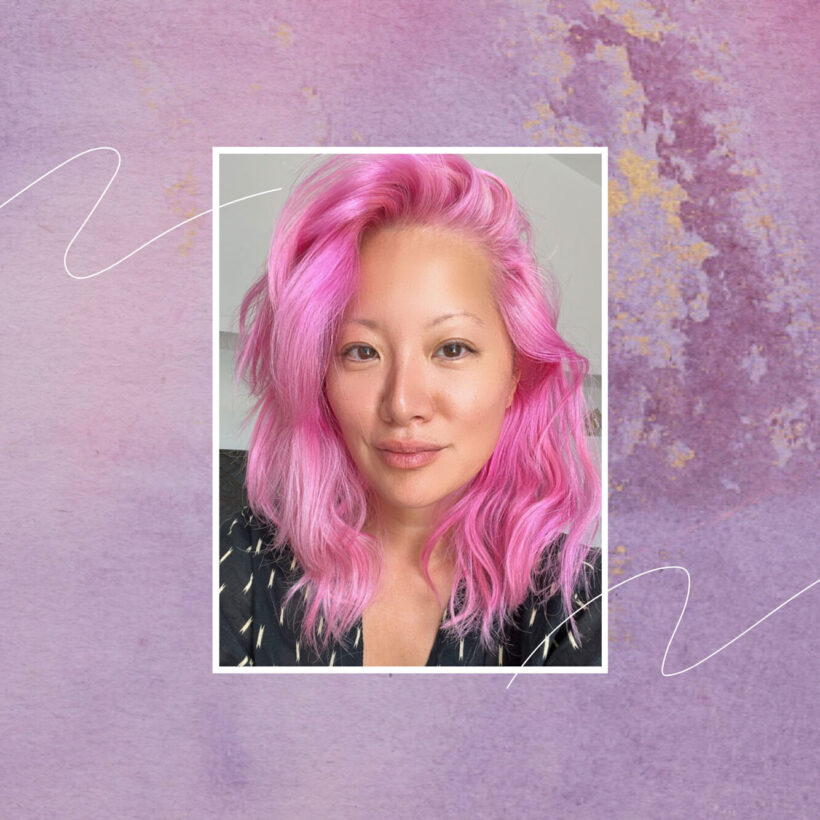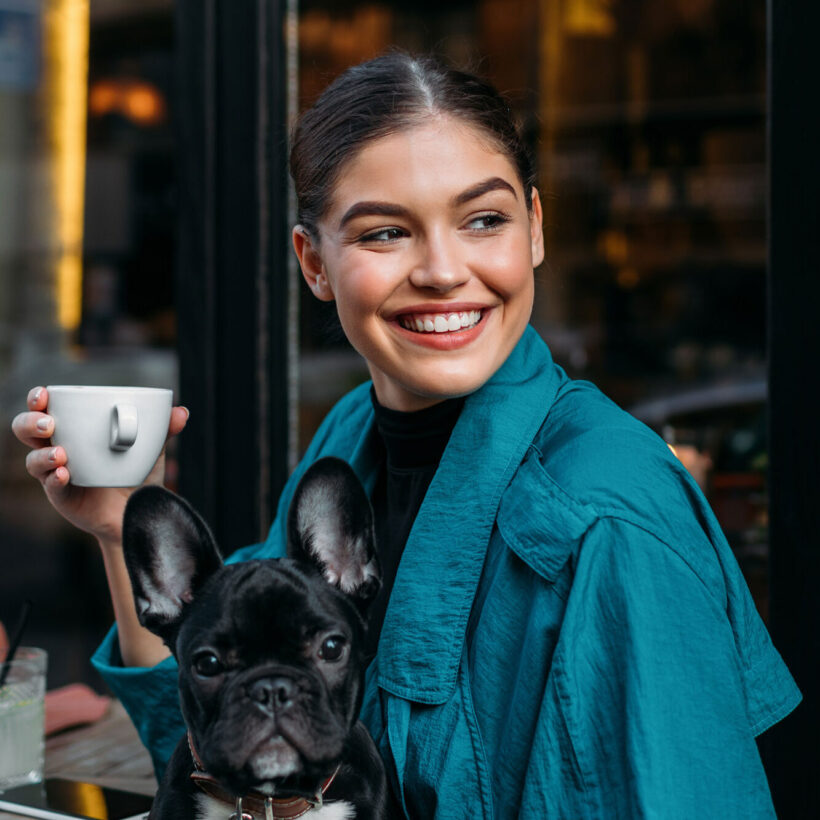If you are one of the 415 million people worldwide that has rosacea — a condition where the blood vessels on the face expand, causing the area to flush — then you might be aware of what causes your flare-ups. For most people, according to the National Rosacea Society, sun exposure, stress, and hot weather are three common triggers. But so is alcohol, with one being particularly aggravating. A survey of 353 patients revealed that for 72 percent of respondents, red wine caused their rosacea to go nuts. So let’s get into the nitty gritty of how that glass of grenache could be sabotaging your skin and how to make sure it doesn’t.
Freya Meyer, M.D.,
is a dermatologist at The Dermatology Institute of Boston.
Dr. Hiba Injibar
is a consultant dermatologist at the Dermasurge Clinic in London.
Meet the Experts
Red Wine: The Super-Trigger
Freya Meyer, M.D., a dermatologist at The Dermatology Institute of Boston, explains that all alcohol is “vasodilating, meaning that it opens up blood vessels and more blood goes through those vessels and it can make you look red and flushed.” So why would red wine be the most triggering, as opposed to say, vodka? “There are some thoughts that some components in red wine in particular can make rosacea even worse. There are higher levels of tyramine and histamine and those also vasodilate, so red wine can be more triggering than other types of alcohol.”
Does the type of red wine affect anything? No, says Dr. Hiba Injibar, a consultant dermatologist at the Dermasurge Clinic in London. “The type of red wine does not matter and there is little scientific evidence to suggest that there are more ‘rosacea-friendly’ wines.” And that includes whether you drink a two-buck Chuck or a cellared Chateau Latour. Some people swear that a higher-quality wine means less rosacea, but there’s no scientific research to back this up. And what about quantity? Does the amount of red wine you consume affect people the same? Again, no, says Dr. Injibar. “For some individuals, it may take only a sip or two, whilst for others, it may take two drinks before triggering a flare up.”
And just because red wine is the worst offender, doesn’t mean your other tipples won’t turn your rosacea on; the Rosacea Society’s survey found that white wine affected 49 percent of participants and 42 percent found beer to cause a flare. Champagne, vodka, whiskey, and rum all seemed to affect about a quarter of participants.
Minimizing Red Wine-Induced Flare-Ups

Thankfully Dr. Meyer and and Dr. Injibar have some tips for quelling flare-ups when you’re consuming cabernet, and the first one might have oenophiles squirming in their seats: “If you’re going to drink red wine — and this might be blasphemy — drinking it chilled might be a better option than having it at room temperature,” says Dr. Meyer. Why? “The warmer the beverage, the more vasodilation will occur. Any time the drink is colder, there will be less flushing.” Lesson: Skip the apres-ski hot mulled wine by the fire.
Tip two: “Keep a cool towel nearby and press it to your face now and then to bring down some of the redness,” suggests Dr. Meyer. Because heat is a top trigger, know that drinking in the sunlight or a very warm environment, may exacerbate flares.
Avoiding Certain Foods When You Drink
“In order to help you determine which foods and beverages cause your rosacea to flare, make a list every time you have a flare-up and note what you ate or drank before it happened,” advises Dr. Injibar. If you know that aged cheese or chocolate set you off, don’t consume them at the same time as your merlot, despite what a lovely combination they may be. Just as you want to avoid consuming food that triggers, know what your other triggers may be and avoid them in conjunction with red wine. If it’s stress, then a pinot noir may not be the best option for you at the end of a taxing day — well, for your face anyway.
If you are on prescription medication for your rosacea, be diligent about using it “prior to consuming the wine, as well as afterwards,” says Dr. Meyer. There’s also a topical medication that she sometimes prescribes to rosacea patients called Rhofade “that actually prevents the blood vessels from dilating so the blood cannot flow through that area and you won’t get flushed.” She says it’s a gel that only lasts for 12 hours, “So put it on a few hours before you know you’ll be having some wine.”
Antihistamines are another potential option to take prior to drinking, but Dr. Meyer cautions that this should be discussed with a doctor first. “You have to be careful because antihistamines can be very sedating, and in combination with alcohol, that will increase and be magnified.”
Intense pulsed light (or IPL) treatment might be another option for minimizing a flare-up, says Dr. Injibar. “It is a quick, yet effective way of removing the visible blood vessels on the face, though it is not a permanent cure.” And whether you’re drinking or not, Dr. Injibar recommends always protecting rosacea-prone skin with SPF 30+ or higher. “Look for sunscreens that contain zinc oxide or titanium dioxide, as these ingredients are the least irritating.”
And finally, consider ditching the vino altogether, says Dr. Injibar. Ninety percent of the National Rosacea Society’s survey respondents found that foregoing alcohol improved their rosacea symptoms. “And this is what I would suggest to any patient suffering with rosacea.”
We only recommend products we have independently researched, tested, and loved. If you purchase a product found through our links, Sunday Edit may earn an affiliate commission.







